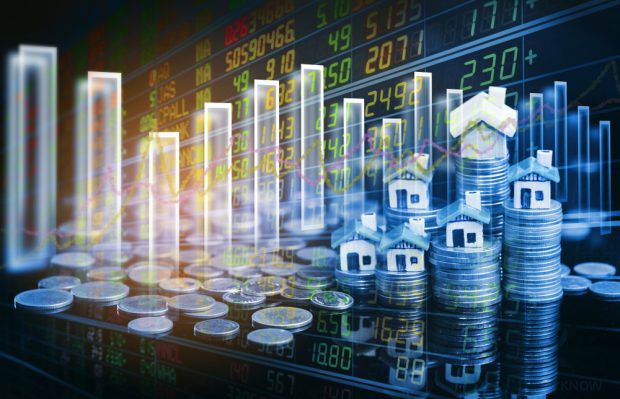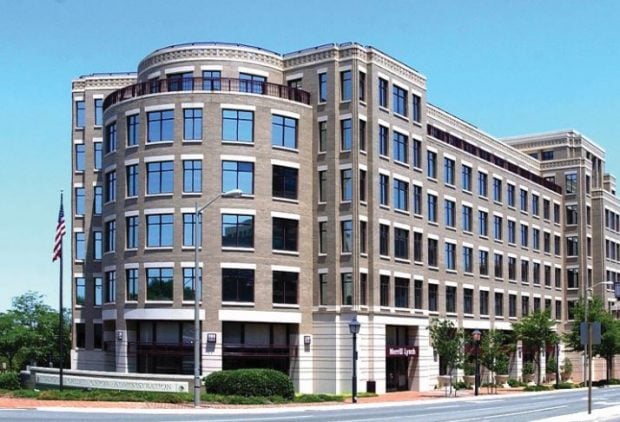There's little choice about whether to pay bills but lots on how to pay them. And while the mobile channel gets the hype, the leader is still snail mail.
In fact, about one-third of all U.S. bills are still paid by paper mail, beating out electronic bill payment channels by far, according to a new report from research and advisory firm Aite Group, "How Americans Pay Their Bills: Sizing and Forecasting Bill Pay Channels and Methods, 2010-2013."
The report examines the channels consumers use to pay their bills (mail, online biller sites, in-person delivery, bank sites, direct debit transactions and phone) and the predicted changes for bill payment behavior in the next three years. The results are based on a survey conducted in July 2010 with 4,696 U.S. consumers.
Recommended For You
Biller sites rank second on the most-used bill payment channel list, followed by in-person payment delivery, according to the Boston-based firm's analysis.
"Despite the prevalence of the Internet in consumers' lives, many still pay bills through the mail and in person," Aite Group analyst Ron Shevlin said. "Even consumers who have begun to pay bills online or with a mobile device did not, for the most part, change their behavior for all or even most of the bills they paid."
But this is likely to show some change in the next three years, the think firm said. According to the report, the increasing adoption of smart phones will lead more consumers to pay their bills through mobile phone applications.
The percentage of "smartphonatics" -consumers who own smart phones and adamantly use them-will double to 14% in the next three years, and Aite Group found that people in this demographic are most likely to change their bill payment channel.
"Consumers buying a smart phone are doing so because they want to use it for everything it can do," Shevlin said. "Add to the fact that many Gen Yers, who have only recently come of bill-paying age, are avid users of mobile technology. The result: Smart phones will be a catalyst for shifting bill pay behaviors and creating growth in mobile bill payments."
There are, however, consumers who recently gave up the ritual of stamping and sealing envelopes while paying bills. In the past two years, 30% of consumers switched at least some of their payments to a different channel, with biller sites being the most popular choice, the report states. The biggest motive behind the change? Convenience.
"[Convenience] is a critical factor driving the trend toward payments on biller sites as compared with bank sites," Shevlin said. "Many consumers simply don't see paying bills on a bank site as convenient as doing so on billers' sites."
As tools that connect people to convenient bill payment channels, smart phones have prompted consumers to change their ways and will continue to do so. According to the report, 41% of smartphonatics changed their bill pay behavior in the past two years, and most cited their smart phone as an important reason for the change.
Between now and 2013, smart phones are not the only factor that will drive more bill payment behavior changes. The survey found that about four in 10 consumers will change their habits if they were offered cash incentives or received some kind of reward for paying a bill with a debit or credit card.
How can bill pay solutions providers accommodate these expected behavior changes? Aite Group researchers said since mobile payments are likely to increase, they should take the opportunity to develop an industry-leading mobile bill payment platform.
"That solution does not exist today," Shevlin concluded.
© Touchpoint Markets, All Rights Reserved. Request academic re-use from www.copyright.com. All other uses, submit a request to [email protected]. For more inforrmation visit Asset & Logo Licensing.






